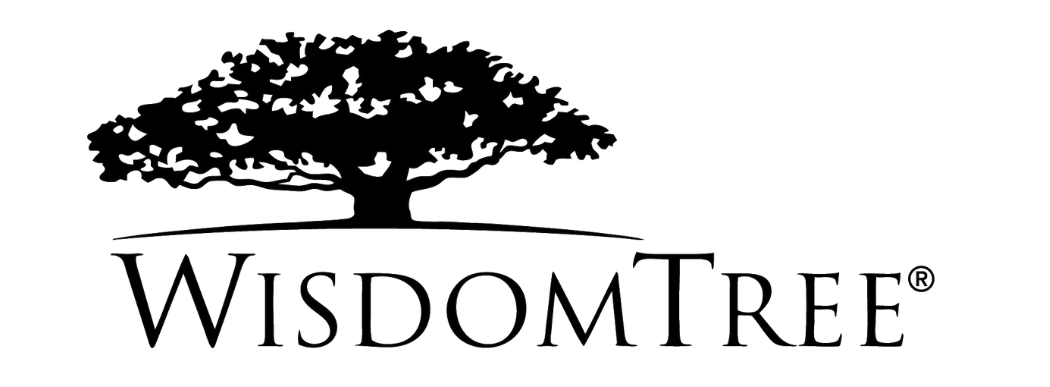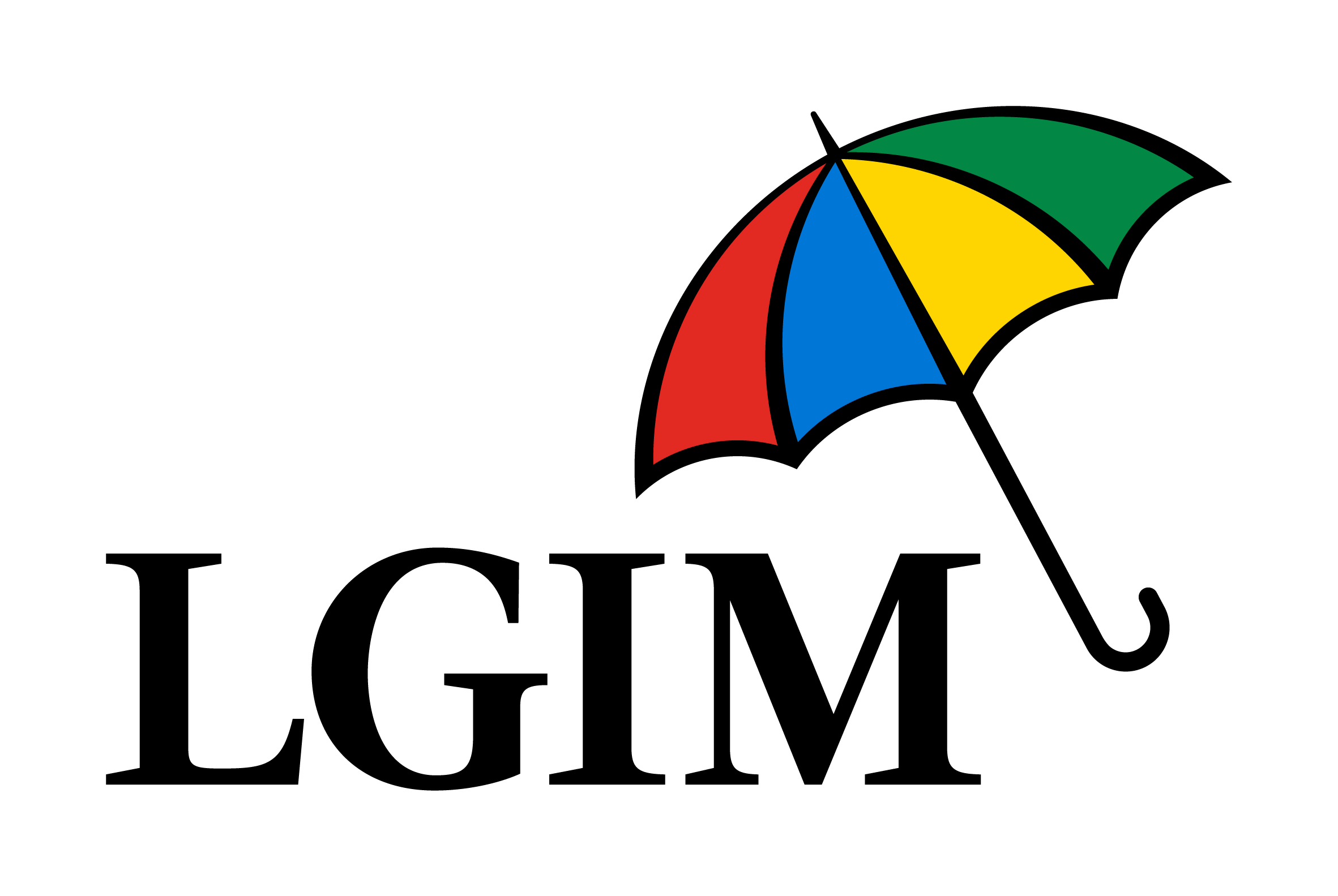Theme purity versus diversification and liquidity can often be a difficult balance to strike for ETF issuers when dealing with nascent megatrends.
The question of how issuers address this challenge is increasingly relevant as thematic ETFs continue to establish themselves as a portfolio construction tool to add risk and potentially generate alpha.
In addition, the anticipation of central bank rate cuts across the globe – set to benefit growth-orientated companies – also underscores thematic ETFs’ increasing relevance as the year progresses.
Theme purity might seem like the obvious priority when issuers work with the index provider to construct a thematic ETF, however, liquidity issues can quickly arise from an overconcentration of small, illiquid stocks.
Conversely, larger stocks that provide liquidity might not offer the purest exposure to a theme.
Meanwhile, diversification also remains central as investors allocate to thematic ETFs to add variation to their core global equity allocations.
To shed light on how issuers navigate these complexities, ETF Stream spoke with four ETF issuers – BlackRock, Invesco, WisdomTree and Legal & General Investment Management (LGIM) – about their strategies for tackling these competing priorities.
Weighting to mitigate liquidity issues
When balancing liquidity against thematic purity, Christopher Mellor, head of EMEA equity ETF product management at Invesco, said a critical factor is how an ETF is weighted.
“Weighting has a big impact on how much exposure you get to the theme, but it also has a big impact on the potential liquidity of the underlying stocks within the basket or portfolio,” Mellor told ETF Stream.
The liquidity of the basket of stocks is what drives the decision to apply an exposure weighting, an equal weighting or a market-cap weighting, Mellor explained.
If there are a sufficient number of liquid stocks, Invesco will opt for either exposure weighting or equal weighting. LGIM hurdles their high exposures to small and mid-cap stocks through a modified equal weighting approach.
Aanand Venkatramanan, head of ETFs for EMEA at LGIM said: “Our indices…know how much assets under management (AUM) we track, and based on the AUM, the weight of some of the small-cap names, or the lesser liquid names, are capped.”
Similarly, Omar Moufti, thematic and sector product specialist at BlackRock, said all strategies will take into account the liquidity and related market cap of the underlying stock.
In addition, when a theme has greater monopolistic characteristics, such as one that has significant exposure to utilities, like water or clean energy, then BlackRock will have a higher focus on the market cap weighting.
“Where we think there are not really that many barriers to entry, and we consider that the high-level theme will be the main driver of growth across companies, then we lean more towards an equal weighting approach,” Moufti added.
Pierre Debru head of quantitative research and multi-asset solutions at WisdomTree, said: “You have to be very careful about the liquidity…of the portfolio. It is about not creating a huge concentration in very small, illiquid stocks.”
Debru added megatrends at an early stage need to be equally weighted as the companies are still developing and winners could potentially come from anywhere.
For a more developed theme, he said it “may already have a value chain in place and then maybe the weighting that takes into account the part of the value chain is going to be more relevant”.
“The weighting needs to be adapted to the theme and that is why expertise is key in the designing phase.”
Selecting stocks aligned with the theme
Determining the alignment of a stock with a specific theme is another challenge that should arguably be addressed before attempting to balance liquidity, theme purity and diversification.
This is important to consider, as companies with lower thematic purity levels are more likely to engage in activities – and more specifically derive revenues – from sources that are not central to the theme.
On the flip side, it is hard for an ETF to achieve absolute, undiluted exposure to a specific theme, as companies often operate across multiple business lines, leading to a natural dilution of the strategy's thematic concentration.
To this point, Mellor said using revenues to derive theme purity may become complicated, particularly for larger stocks.
“Much like tech, in the realm of robotics, the leading manufacturers are typically part of larger industrial conglomerates, and so creating a thematic ETF that aims for significant exposure can be challenging if the theme only represents a small fraction of the company’s revenues.
“I would be very cautious of a thematic product that just holds the usual suspects because it is not really exposed to a particular theme – it is exposed to many themes.”
Theme-related revenues might also complicate judging how well aligned a stock is with a theme, as they are backward-looking and do not necessarily reflect how the company will operate in the future.
When LGIM identifies which stocks are related to a theme, Venkatramanan said: “As an example, we then pick the most dominant wind turbine manufacturers of tomorrow, if there is a new company that's coming up with a very strong pipeline, we have visibility into that rather than just looking…at the financials and then picking a stock.”
However, drilling down too much on a theme can mean that some players are left out and might stand to become the ‘winner’ of the forward-looking theme in 15 years.
For this reason, “stock selection is very much about the balance between diversifcation and purity”, Debru told ETF Stream.
For instance, adopting a diversified strategy can enhance investors' chances of investing in the next ‘big success’ while simultaneously reducing the risk of overlooking such an opportunity.
“Yes, we want purity. Yes, we want to invest only in companies that are very relevant to the space but it does not mean that we have to be overly selective either.”
Final word
Philosophies toward constructing a thematic ETF depend heavily on how the issuer prioritises each of the three elements.
To some ETF issuers, theme purity might remain central to construction, employing only an exposure weighting approach to all themes to maximise purity.
However, each of the aforementioned issuers adopts a more conservative view, seeing more value in balancing each metric to achieve the best outcome for investors.
“Liquidity matters as much as thematic exposure,” Mellor explained.
Aside from prioritising striking a balance between all three elements, above all, if it does not look feasible to launch a thematic
ETF at the initial stages, then the issuer may simply not launch the ETF.
Mellor added, “Ultimately, it depends on the analysis that [Invesco] runs when looking to launch an ETF.
Is the basket going to be tradable? How does it work? How well does it work in the real world?
“There are some themes that we have looked at where the theme makes sense, but getting meaningful exposure through a publicly listed equity route may not be the appropriate way of doing it.”
This article first appeared in ETF Insider, ETF Stream's monthly ETF magazine for professional investors in Europe. To read the full edition, click here.






